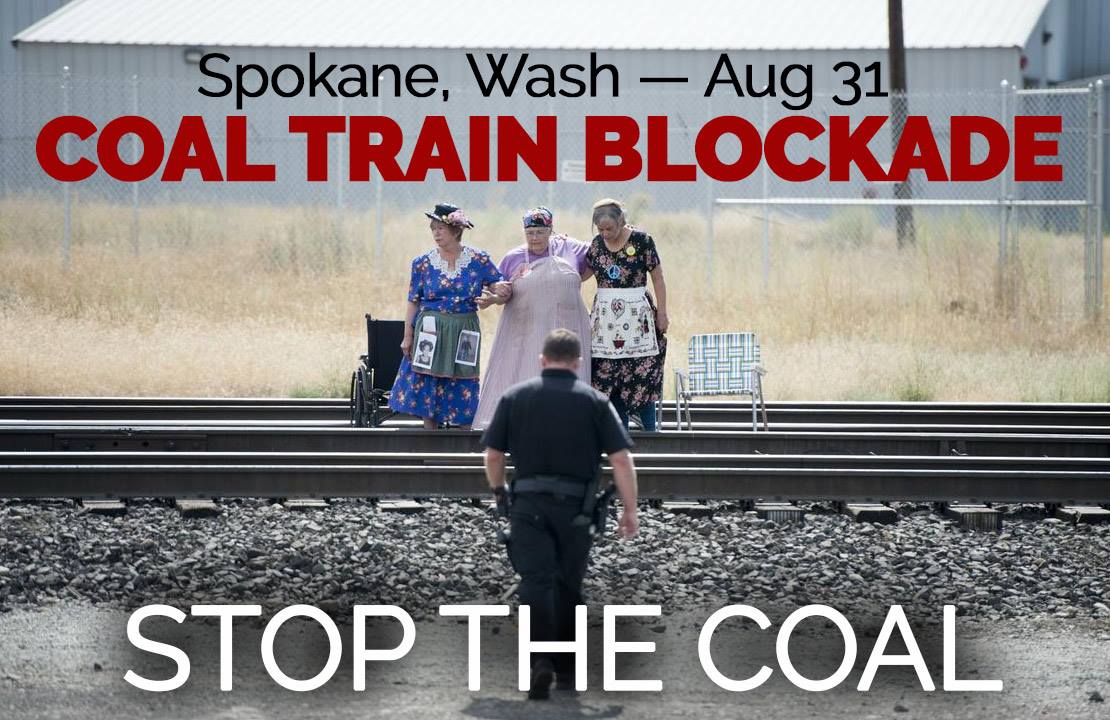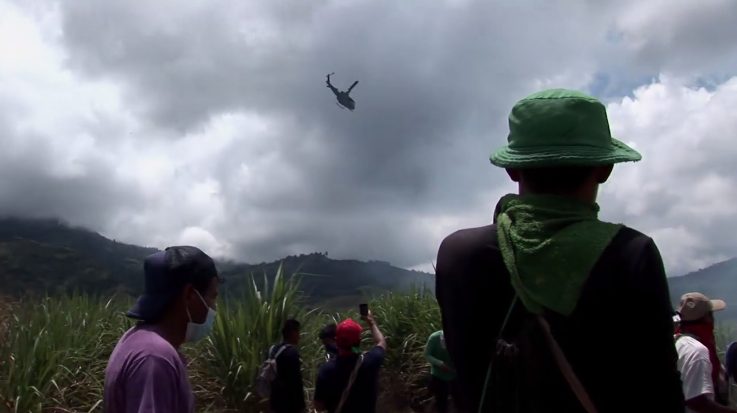
by DGR News Service | Sep 29, 2016 | Obstruction & Occupation
by Direct Action Spokane
A group of Spokane, Washington citizens are currently protesting on the BNSF railroad tracks off Trent, east of Napa. The action is being carried out to alert the region to the rapidly expanding impacts of climate change. The undisputed leading cause of global climate change is the burning of fossil fuels like coal and oil that are currently being transported daily through Spokane in large volumes and destined to be burned.
“Oil and coal trains traveling through Spokane to west coast terminals are kicking the can down the road of adding to green house gases which contribute to global warming whether consumed in Asia or here at home in the United States”, says George Taylor, protester, Veterans for Peace member, and visiting pastor of All Saints Lutheran Church in Spokane. “For me, it is a moral issue to stop these trains carrying these fossil fuels.”
Trains from BNSF, Union Pacific, and Canadian Pacific that pass through the city and county of Spokane carry Bakken crude oil from North Dakota, Tar Sands crude oil from Canada, and coal from the Powder River Basin in Montana and Wyoming. The crude oil is bound for refineries in the Northwest and Canada and will eventually be burned domestically and internationally. The coal is bound for export terminals in the United States and Canada for shipment to Asia to be burned in coal-fired power plants.
“The hyper-pollution won’t stop until the destructive extraction stops, and that won’t stop until ordinary individuals challenge the trafficking of the ill-gotten, obsolete fuel. I am an ordinary citizen, taking an ordinary stand against an extraordinary threat”, says protester and Veteran for Peace member Rusty Nelson.
Veterans for Peace is an international organization made up of military veterans, military family members, and allies. Their focus, through chapters including one in Spokane, has been speaking out against the true impacts and costs of war. However, Veterans for Peace recently released a statement in support of the protest at Standing Rock in North Dakota against an oil pipeline saying, “We understand that different nonviolent struggles for social and ecological justice are linked by the common thread of resistance to subjugation and oppression.”
Today’s action in Spokane for the climate and against the fossil fuel trains comes on the heels of a similar action that took place at the end of August where three Raging Grannies were arrested for refusing to leave the tracks. The three – Nancy Nelson, Margie Heller, and Deena Romoff – were charged with trespass and blocking a train. Separate pre-trial hearings have been set for each, with the first happening next week.
“It is my duty as a patriot and citizen of our city and nation to stand up against big oil and coal exports to China. The fossil fuel filled air of China travels on a jet stream right into North America. We as Spokane residents breathe this air too”, says Maevea Aeolus, who is sitting on the tracks as a nurse, counselor, and Veteran for Peace.
Direct Action Spokane stands in solidarity with ongoing actions around the country working to stop the burning of fossil fuels. Direct Action Spokane is also committed to stopping the transport of oil and coal trains through Spokane and calls on other communities, up and down the rail line, to do the same.
Also read about the recent Deep Green Resistance coal train blockade in Bellingham.

by Deep Green Resistance News Service | Sep 26, 2016 | Obstruction & Occupation
by Natalie Hand / Lakota Media Project
1851 Ft. Laramie Treaty Territory, Cannon Ball, ND—Hundreds of tribal members and allies marched onto active and ongoing construction sites of the Dakota Access Pipeline yesterday. Water protectors brought offerings of prayer, ceremony, drums, and tribal nation flags to construction sites to expose illegal company actions.
Julie Richards, founder of Mothers Against Meth Alliance (M.A.M.A.) based in Pine Ridge, South Dakota stated, “Our ancestors fought for our rights to clean water and to have a good way of life and now we’re fighting to make sure that our daughters and great granddaughters can also have those rights and a better life. All this land is sacred to us—it’s our ancestral homelands and part of the designated treaty territory.”
On September 9, 2016, the United States Army Corps of Engineers issued an order to temporarily cease all work within 20 miles of the Lake Oahe/Missouri River but Dakota Access Pipeline construction crews have used the public’s perception of halted activity to aggressively continue destructive construction within the buffer zone. Each morning hundreds of workers employed to lay and weld pipes, underbore roads, and install valve controls travel by the busloads to dozens of sites, working 6-7 days a week. This activity violates both Federal treaties with the Oceti Sakowin and the Obama Administration’s orders to halt construction.
“We need to be aware that this 20 mile buffer zone is imaginary. They’re still laying pipe—moving it towards us—towards the water we’re protecting. Progress on easements is continuing even though they don’t consider it construction,” stated Kate Thunderbolt, a water protector.
Ms. Thunderbolt went on to emphasize that the action demonstrates how the gathering of over 250 tribes, the largest in decades, represents an ability to escalate the force of peaceful resistance to stop the pipeline.
“We want a unity action to bring all the camps within Oceti Sakown together as one. With our unity we will bring the power of the people to stop this oncoming black snake. From each camp within Oceti Sakown we have the power to come together to show the world we are in unity in stopping their construction of destruction,” added Thunderbolt.
Water protectors have taken it upon themselves to defend their indigenous rights and say if construction continues daily then action to stop construction will also continue daily.
The Red Warrior Camp is preparing for Winter camp. If you’d like to make a donation please visit their website at www.oweakuinternational.org.
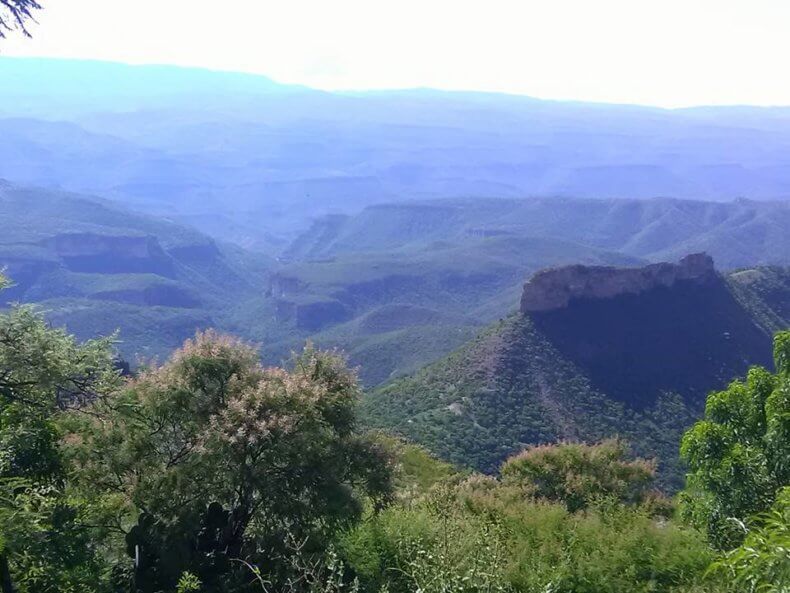
by Deep Green Resistance News Service | Sep 21, 2016 | Indigenous Autonomy, Reclamation & Expropriation
Featured image: The Wixárika community of San Sebastian Teponahuaxtlán or Wuaut+a is preparing to send 1,000 members to the remote Nayarit community of Huajimic to take back from the ranchers lands that the courts have ruled belong to the Wixárika. Photo from Facebook/San Sebastian Teponahuaxtlán.
by Tracy Barnett / Intercontinental Cry
A contingent of at least 1,000 indigenous Wixárika (Huichol) people in the Western Sierra Madre are gearing up to take back their lands after a legal decision in a decade-long land dispute with neighboring ranchers who have held the land for more than a century.
Ranchers who have been in possession of the 10,000 hectares in question for generations say the seizure is unlawful and that they will not hand over the land — setting the scene for a showdown that observers fear may end in violence.
Leaders of the Wixárika community of San Sebastian Teponahuaxtlán have announced their plans to accompany the authorities of the federal agricultural tribunal to carry out an enforcement action on the first parcel, a 184-hectare ranch in the state of Nayarit, on Sept. 22, and called on state and federal law enforcement officials to send police forces to prevent a conflict. Until the time of publication, neither the Nayarit nor the federal authorities had agreed to send police to maintain order, so both parties are hoping for the best but preparing for the worst.
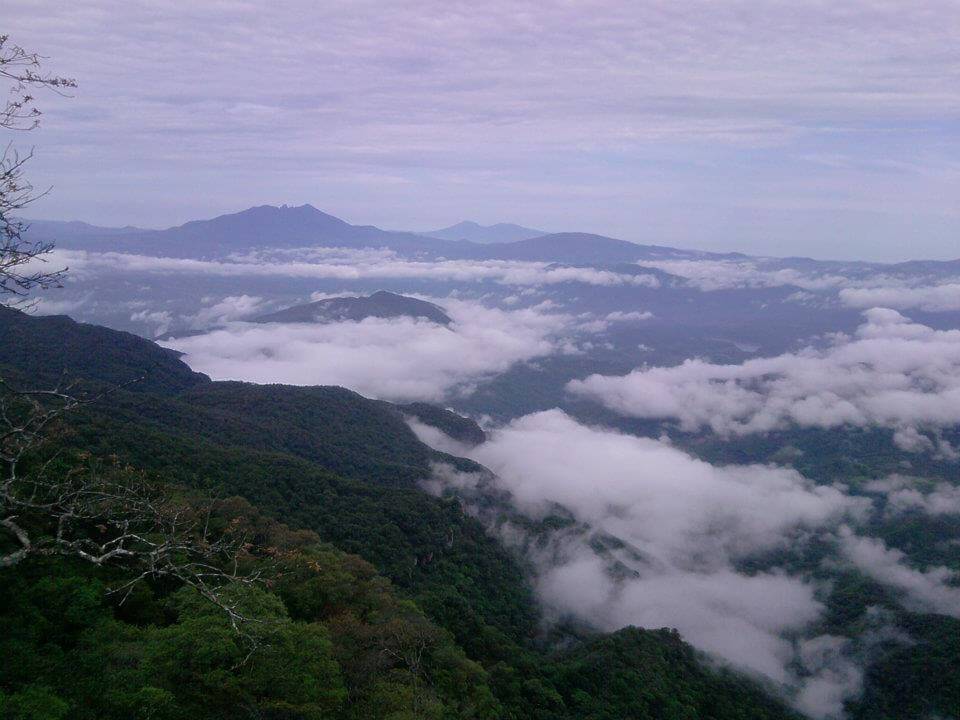
The Nayarit community of Huajimic in the municipality of La Yesca has a long tradition of ranching. Ranchers of Huajimic have titles to their land that date to 1906, but the courts have ruled that the Wixarika land claims go back to the Spanish land grant of 1717. Photo from Facebook/Huajmic, Nayarit.
“We’re hoping they’ll accept the decision which is now law: that they lost the trial. They had the opportunity to legally prove that they really had the documentation and they didn’t have it,” said Miguel Vázquez Torres, president of the communal lands commission of San Sebastian. He is aware of the potential for violence, he said, “but the community is not going to sit with its hands crossed. We are prepared.”
Ranchers have titles to the land that go back to the early 1900s — but San Sebastian has the original grant from the Spanish crown that dates to 1717, and is backed by a 1953 presidential resolution. In all, 10,000 hectares is at stake, for a total of 47 different claims. The agrarian court has ruled in favor of San Sebastian in 13 of those cases; the remainder are still in process.
Rosa Carmen Dominguez Macarty, an attorney representing some of the ranchers of Huajimic, disputes the version presented by Wixarika attorneys, saying that only two of the sentences are definitive, and that all the rest are still under appeal. The ranchers are appealing the 1953 presidential resolution, saying it is based on a document that is invalid.
“It’s a social injustice,” she said. “These are very simple people; they are fathers, they are mothers who work the land themselves, and that’s how they support their families. It would be really sad if through the government’s disregard, something unpleasant were to happen.”
Vázquez said that two families who have no land have already been granted permission by the community assembly to establish homesteads on the parcel and that the assembly plans to send a rotating contingent of community residents to stand guard for several months — “as long as it’s necessary so that the families can feel safe and comfortable.” The long-term plan, he said, is to establish another settlement in the area, as San Sebastian’s existing towns are becoming overcrowded.
Dominguez argued that the local inhabitants have worked the land for generations and turned it into a highly productive area. Local residents suspect the Huicholes have another ulterior motive for taking back the land, which they have never worked: to exploit the mineral deposits that supposedly lie beneath.

Members of the Wixarika community of San Sebastian Teponahuaxtlán protesting for land reform in Guadalajara in 2014. Photo from the Facebook/San Sebastian(Wuaut+a).
Complicating matters is that San Sebastian lies in the state of Jalisco, while the contested land lies in Nayarit, where the ranchers have been outspoken in their opposition to the court decision and have been organizing in resistance to the return of the land to the Wixárika.
“Jalisco vs. Nayarit: Blood will run,” screamed one headline in a Nayarit newspaper. Meanwhile, Nayarit Gov. Roberto Sandoval reportedly has sent messages of support to ranchers.
“The governor promised us that while he is in office, we would not have to turn over a single meter of land to the Huichols,” one of the landowners told local reporter Agustín Del Castillo of Milenio newspaper.
Indeed, it’s no accident that the conflict crosses state lines, according to anthropologist Paul Liffman, author of the book Huichol Territory and the Mexican Nation.
“In fact that’s the deep history of Jalisco and Nayarit,” Liffman said in a recent interview. “Nayarit was part of Jalisco, and it separated in 1917, in part for the ranchers who wanted more political autonomy and also wanted to kick out the Indians.”
During the early years of the 20th century, the government encouraged settlers to make land claims on apparently abandoned land. It was during that period that major encroachment began to occur on Wixárika land, and the courts granted titles based on the erroneous assumption (or pretext, as Liffman says) that the land was unoccupied.
Tensions have flared periodically since the land was taken but the Wixárika had no legal recourse until the government created an agrarian court system in the 1990s, said Ruben Avila Tena, the attorney representing the community of San Sebastian. Soon afterwards that community began a legal process of reclaiming its land.
Jalisco law enforcement has agreed to be present, but only up to the state line; thus far the Wixárika leadership has received no such assurances from the Nayarit authorities, nor from the federal government.
“I’m not sure what the Jalisco police can do, besides cheering them on from the other side of the border,” commented Avila Tena. “It’s actually a very worrisome situation.”
Avila said sources in the Agrarian Tribunal have told them that the Nayarit police have no intention of supporting the Wixárika on Sept. 22. Agrarian Magistrate Aldo Saul Muñoz López spoke to this reporter by telephone but said he could not grant an interview by telephone, only in person in the Tribunal regional offices in Tepic, Nayarit.
“We did what corresponds to us as a federal tribunal, we notified all of the relevant authorities of Nayarit. If they don’t respond, it’s something that escapes my authority,” said Muñoz López, but would not give further information by phone.
Liffman likened the current conflict in San Sebastian with one that arose in the 1950s under the Huichol leader Pedro de Haro. Haro built a movement that ultimately procured the 1953 presidential resolution confirming that San Sebastian was the legal owner of the land. But as in the present case, the government didn’t provide any enforcement mechanism, and the local residents refused to give up the land. A band of armed Huichols took the matter into their own hands and marched to the Canyon of Camotlán, where they reportedly burned down a farm, drove out local residents and reclaimed the land.
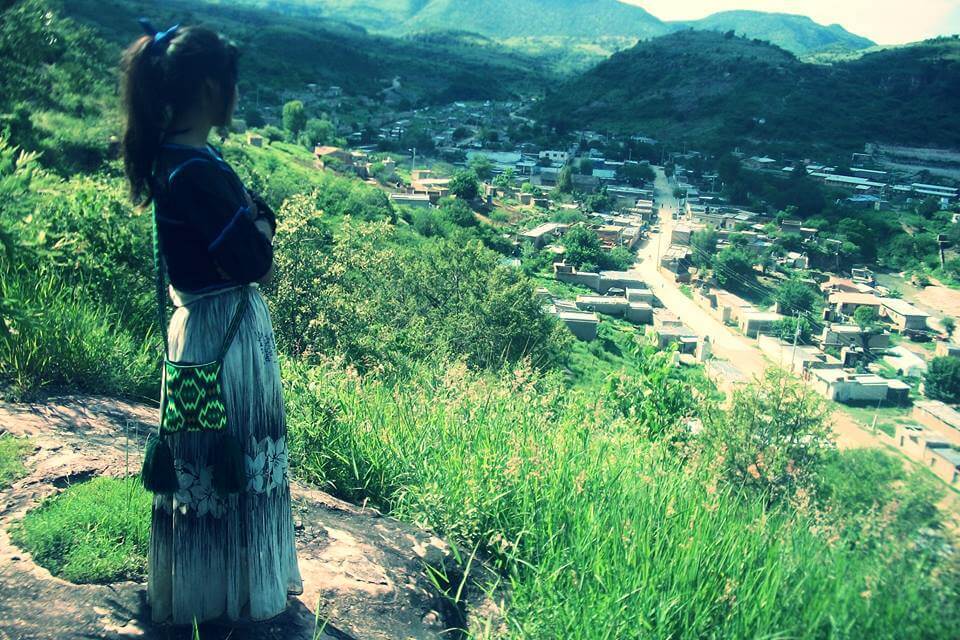
Photo from the Facebook pages of the community of San Sebastian (Wuaut+a).
Santos de la Cruz Carrillo, a Wixárika leader and also an attorney on San Sebastian’s legal team, said the community has been urging the federal authorities to attend to this case for five years under a program that would offer financial compensation to the current landholders.
“It’s been five years since the community of San Sebastian asked the federal government to attend to this situation, to support the landholders with compensation”, said de la Cruz. “But the ranchers showed no interest in the compensation; they always said they want the land, so the community chose to take possession.”
Finally, in a meeting in March of this year, an official with that program told San Sebastian authorities that there was no money to pay restitution to the ranchers. That’s when they made the decision to move ahead with the process of retaking the lands, said Avila.
The Wixárika authorities have done everything in their power to seek compensation for the ranchers in the hope that a conflict could be avoided, said Avila. “This case was decided in their favor more than two years ago,” he stressed. “The community didn’t want it to be enforced like this, they were trying to get the federal government to indemnify the landholders. When they couldn’t do that anymore, they said, it can’t be helped, we will have to ask the tribunal to enforce the law.”
Liffman warned that the situation was not to be taken lightly; the area has changed radically since the times of Pedro de Haro, he said, with a significant amount of drug production now occurring throughout the territory.
“The region has become much more heavily armed,” he said. “San Sebastian has been the most violently disputed area in the sierra over the past several years…. it’s big-scale transnational narcos now, it’s not just some ranchers with pistols on their belts. So if it does come to that, it could be a bloodbath.”
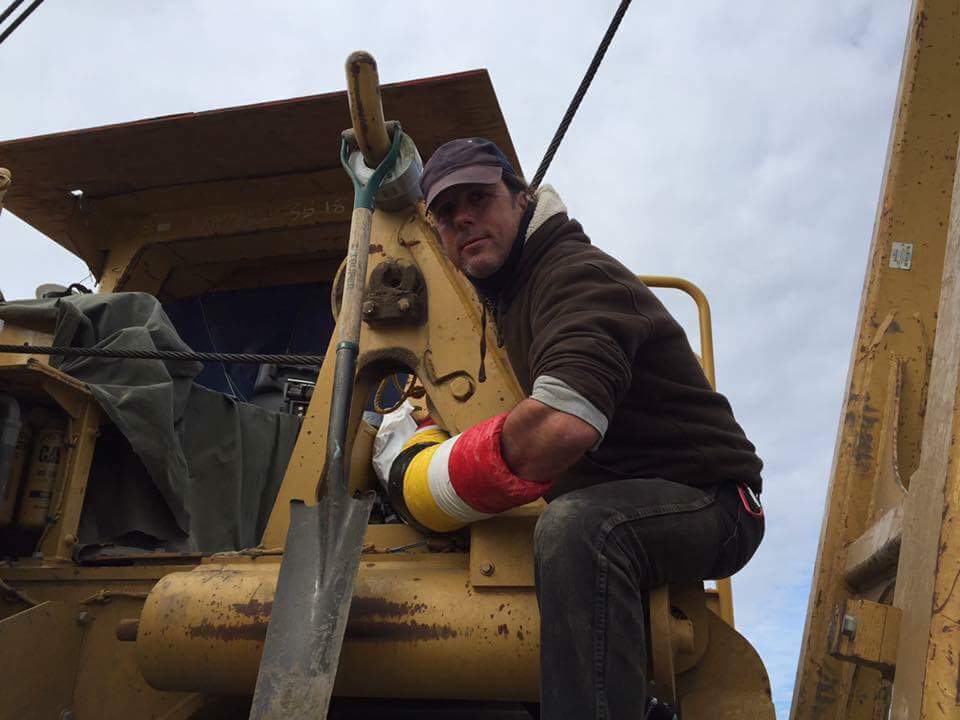
by Deep Green Resistance News Service | Sep 15, 2016 | Obstruction & Occupation
by Red Warrior Camp
Mandan, ND… Water protectors stopped construction at two Dakota Access Pipeline sites on September 13, northwest of Mandan through nonviolent direct action.
At approximately 10:30 a.m. CST, two water protectors “locked down” to heavy equipment at the first action site. One of the individuals was locked onto the machine for nearly 7 hours.
Trained medics, media, legal observers and police liaisons were on hand to offer support and were also arrested.
Separately, water protectors successfully and peacefully stopped construction at the second site. A worker pepper sprayed one of the water protectors before leaving the scene.
Law enforcement began to arrive within the hour, followed by a large bus load of police dressed in full riot gear. An initial police line was formed with officers toting pellet guns. Filing in behind them was a second line of officers pointing large semi-automatic rifles at the water protectors.
The water protectors were immediately told that they were trespassing and subject to arrest. Morton County Sheriff’s office confirmed that there were 22 water protectors in custody by 4:00 p.m. The majority of those arrested are charged with Criminal Trespass, a Class B Misdemeanor.
The two individuals who locked down to the equipment are charged with Criminal Trespass, Disorderly Conduct, and Obstruction of a Government Function.
The Morton County Jail booking process of the water protectors continued on into the evening hours. Jail officials informed the Camp’s legal team that the ND States Attorney, Al Koppy, had ordered that only a North Dakota licensed attorney could visit the jailed water protectors, which is a violation of their constitutional right to counsel of their choosing for initial consultation.
The volunteer legal team assisting the water protectors called upon Chad Nodland, a local attorney who was also met with resistance by Morton County Jail staff. Although some of the inmates had been processed, the jailers informed Nodland that he would have to wait until all 22 arrested were processed before he could speak to them individually.
Morton County Sheriff’s Office refused to comment at press time. The water protectors’ bond hearing is scheduled for 1 p.m. CST on Wednesday, September 14th at Morton County Court House in Mandan, ND.
To support supplies for the Camp and the ever-increasing legal costs from the Red Warrior Camp please visit our website and click on DONATE.

by Deep Green Resistance News Service | Sep 3, 2016 | Obstruction & Occupation
By Direct Action Spokane
Shortly before noon on August 21, a group of Spokane citizens occupied BNSF railroad tracks to protest the transport and eventual burning of fossil fuels in defense of climate change. The peaceful, non-violent direct action consisted of 30 protesters and eventually three arrests. The three people arrested were Nancy Nelson, Margie Heller, and Deena Romoff, all of whom are associated with the group Raging Grannies – an activist group dedicated to nonviolence in the name of social and environmental justice. The charges against each are obstructing a train and misdemeanor trespass.
Today’s action in Spokane blocked a number of rail lines including an empty oil car train headed east and a fully loaded coal train headed west. The track occupation stopped all rail traffic for over one and a half hours.
“There is incredible denial surrounding this issue of fossil fuels and no one is talking about the perils that await us if government and societies do not take action now,” said Deena Romoff, one of the arrestees, in a written statement that she read during today’s protest. “This is why I need to take action now…I can no longer wait!”
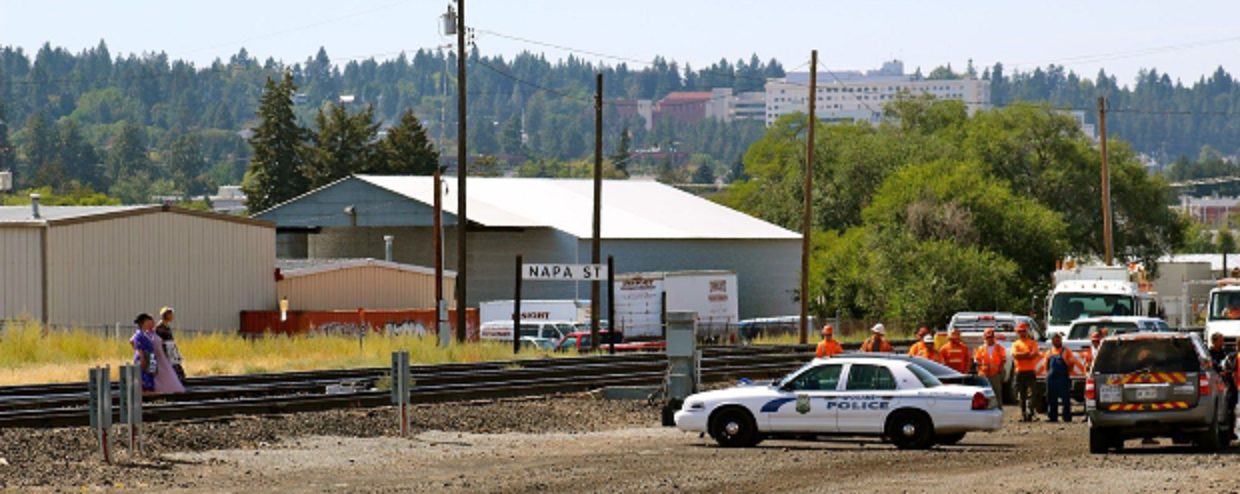
Trains from BNSF, Union Pacific, and Canadian Pacific that pass through the city and county of Spokane carry Bakken crude oil from North Dakota, Tar Sands crude oil from Canada, and coal from the Powder River Basin in Montana and Wyoming. The crude oil is bound for refineries in the Northwest and Canada and will eventually be burned domestically and internationally. The coal is bound for export terminals in the United States and Canada for shipment to Asia to be burned in coal-fired power plants.
“Transporting fossil fuels is done for one purpose only: they will be burned”, said Margie Heller in a prepared statement. “If burned, they will add to the greenhouse gases which are already causing serious climate change. Continuing to add to climate change factors puts the health and perhaps the very existence of future generations at risk”
Direct Action Spokane stands in solidarity with on-going actions around the country working to stop the extraction, transportation, processing, and burning of fossil fuels. Direct Action Spokane is also committed to stopping the transport of oil and coal trains through Spokane and calls on other communities, up and down the rail line, to do the same.
